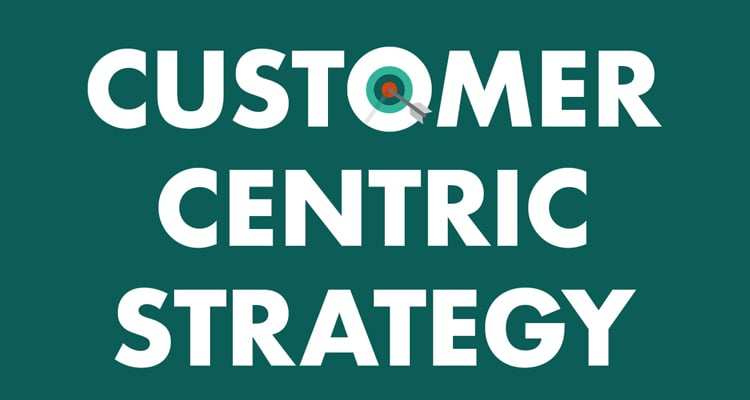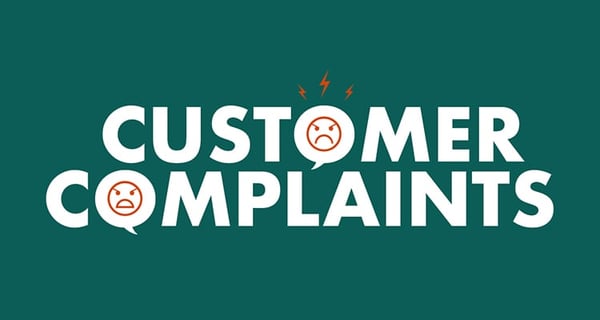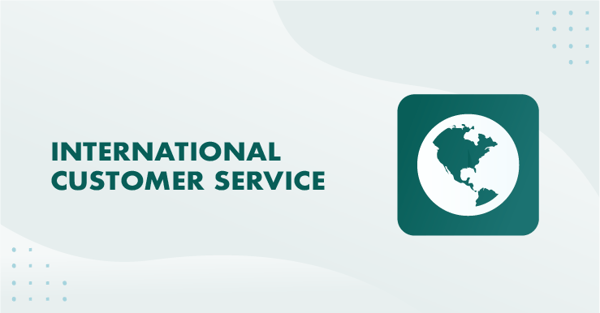A customer-centric way of doing business is focused on providing a positive customer experience before and after the sale.
Why should companies have this focus?
In order to drive repeat business, enhance customer loyalty and improve business growth.
However, a customer-centric company requires more than offering good customer service.
Both Amazon and Zappos are prime examples of brands that are customer-centric and have spent years creating a culture around the customer and their needs. Their commitment in delivering customer value is genuine. In fact, Zappos is happy to fire employees if they do not fit within their customer-centric culture.
But, how important is being customer-centric?
Econsultancy asked what the most important characteristic was in order to establish a truly "digital-native" culture.
The answer to that question and leading the responses with 58% was to be customer-centric.
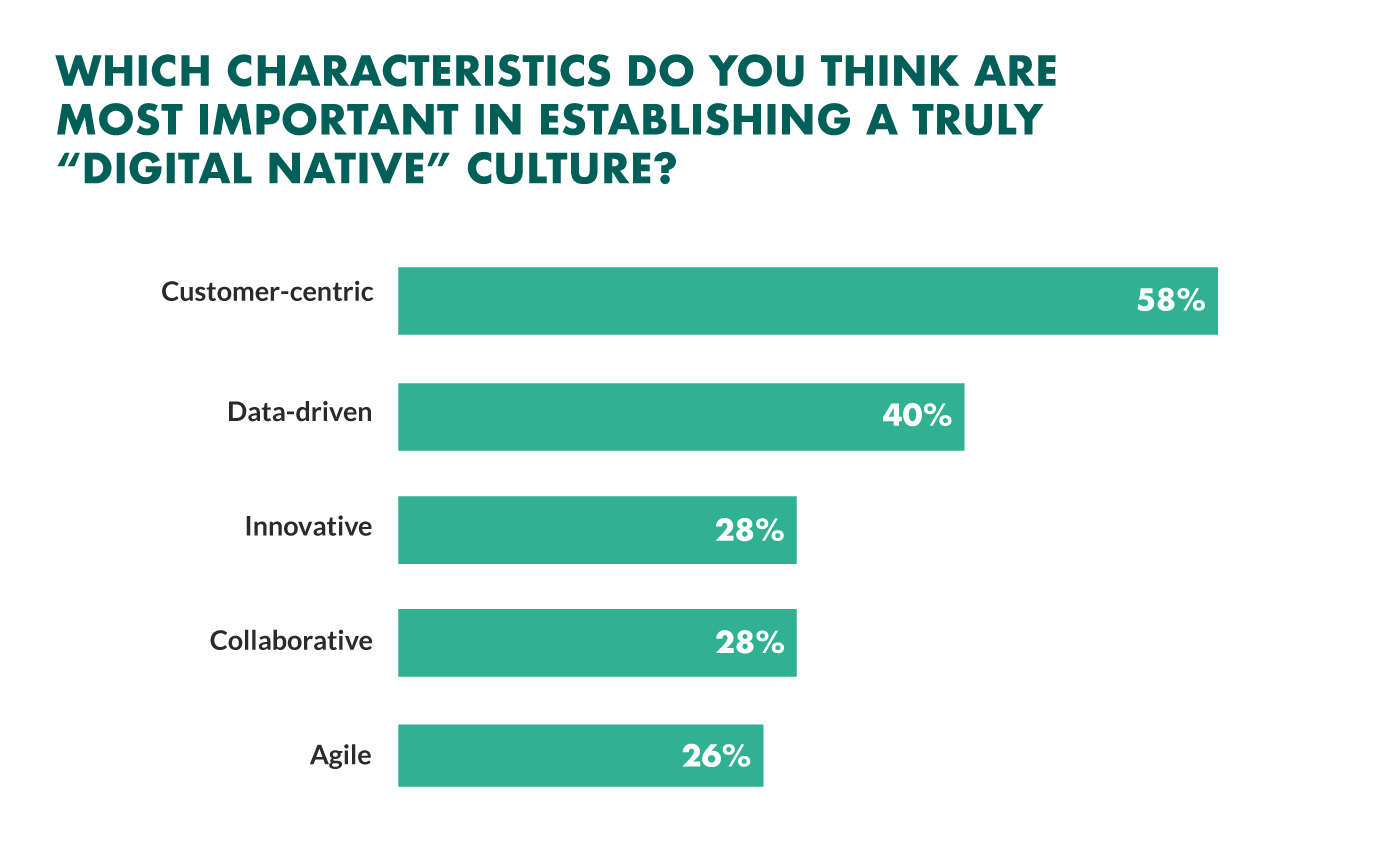
The business world is recognizing the value of customer experience as a key differentiator, with a Deloitte study indicating that 88% of companies now view customer experience as their biggest competitive lever.
This marks a significant shift towards prioritizing customer-centric initiatives across industries.
Here's the thing:
Executing a successful customer-centric strategy doesn't happen overnight.
Let’s explore ways to create a customer-centric strategy that connects your business to the unique needs of your customers.
What is customer-centricity?
Customer-centricity is a business strategy that’s based on putting your customer first and at the core of your business in order to provide a positive experience and build long-term relationships.
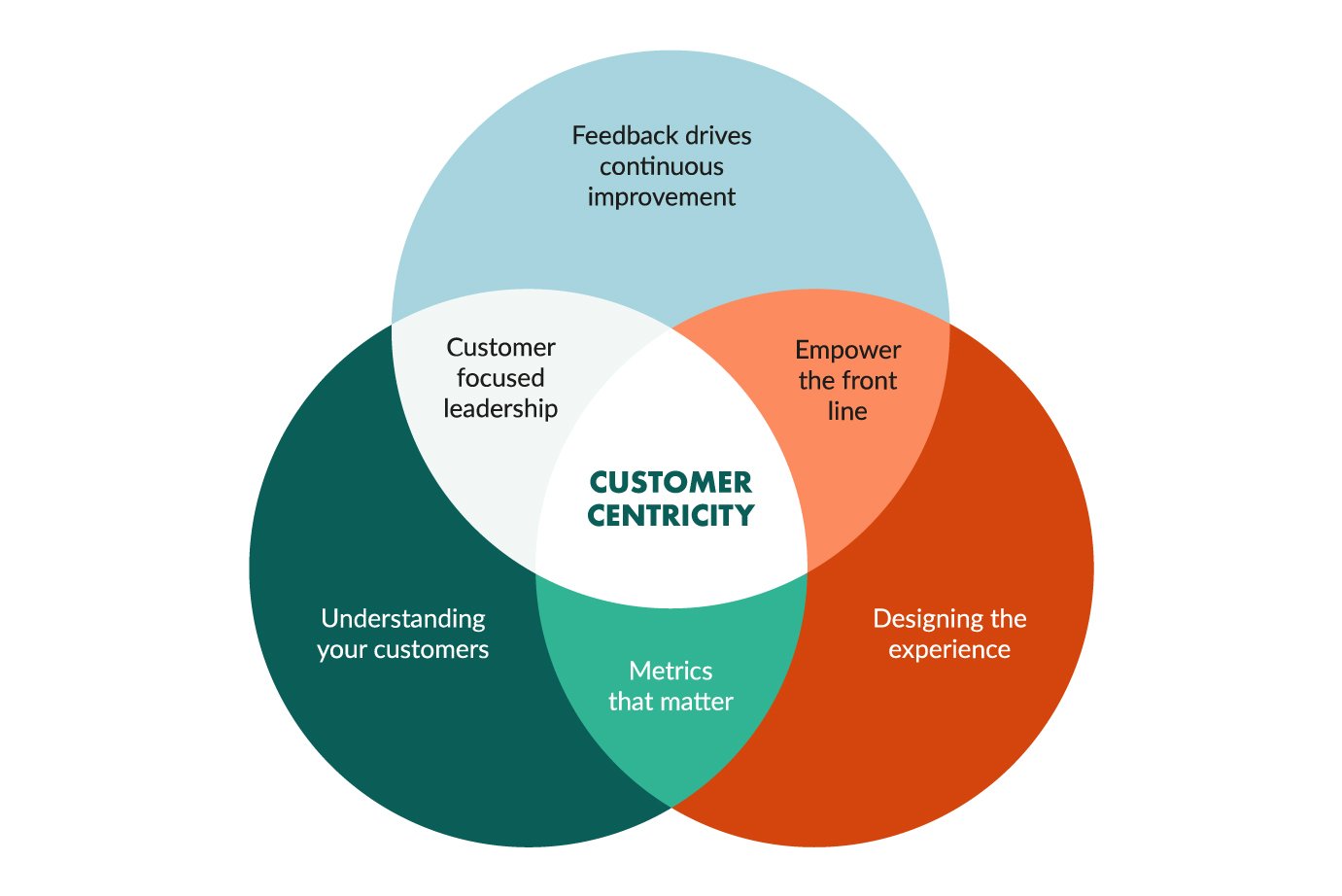
When you put your customer at the core of your business, and combine it with Customer Relationship Management (CRM), you collect a wealth of data, which gives you a full 360 view of the customer. This data can then be used to enhance your customer’s experience.
For example:
-
You can use customer data to understand buying behavior, interests and engagement
-
You can identify opportunities to create products, services, and promotions for your best customers
-
You can use customer lifetime value to segment customers based on top spenders
Research by Deloitte and Touche found that customer-centric companies were 60% more profitable compared to companies that were not focused on the customer, and 64% of companies with a customer focused CEO are more profitable than their competitors.
Furthermore, 90% of companies compete solely on the basis of customer experience.
Companies that focus on their customers are able to provide a positive customer experience through their entire journey. To accomplish this, companies must undergo a massive shift in their organization’s structure and culture.
The challenges of becoming a customer-centric organization
Transforming into a customer-centric organization is both a challenge and a necessity in today's market.
Accenture reports that businesses viewing customer service as a value center achieve revenue growth 3.5 times greater than those who do not, highlighting the economic benefits of aligning business strategies with customer needs.
The power shift between brand and customer happened during the economic downturn in the late nineties as customers became more selective in which brand they chose to spend their money with.
The winning brands were the ones who treated their customers with respect, offered great service, and built a relationship with them that still exists today.
Social media marketing (and with it social selling) changed the way customers interact with brands and became a major part of the customer journey.
Social media continues to shape brand perception. Accoedsing to TELLUS, with 75% of consumers likely to post about a positive experience, highlighting the platform's growing influence on public brand engagement and loyalty.
It's important to note that over 50% of customers will switch to a competitor after just one unsatisfactory customer experience, underscoring the immediate need for businesses to prioritize exceptional CX.
One in three customers find out about new products, services and brands through social media.
Only in the US, 83% of online shoppers are influenced by their friends’ social media posts in their purchase decisions.
Social media is just one of many digital channels that is changing the landscape between companies and customers.
Research reveals that companies struggling to become a customer-centric organization are unable to share customer information across departments and lack an aligned culture around the customer’s needs.
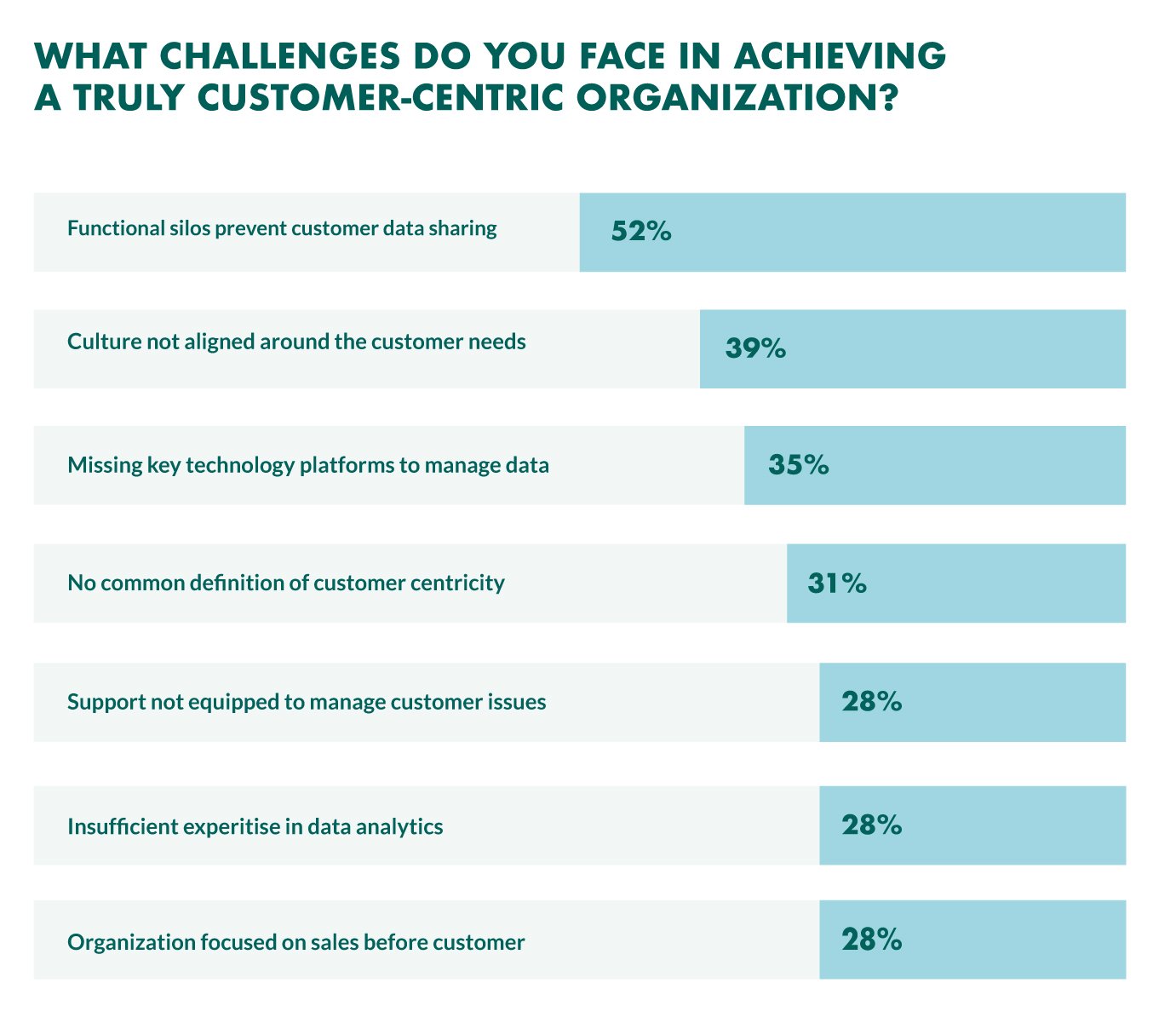
Most companies do not have all of the components in place to claim they are customer-centric, but the most important part to remember is this:
Customer-centricity starts by focusing on what customers need and how they want to interact with your business - not your products, its features, or revenue model.
By designing your company from the customer’s perspective, your organization will be able to meet the customer’s needs and deliver a positive experience.
5 Best practices to becoming a customer-centric company
Becoming a customer-centric business allows you to anticipate customers' needs and delight them with products and services.
Consider the CEO of Apple, Tim Cook, who said, “Our whole role in life is to give you something you didn't know you wanted. And then once you get it, you can't imagine your life without it.”
Apple’s entire strategy revolves around customer-centricity. Their product makes customers fall in love and their Apple Centers provide world-class customer support to help them get set up and out the doors with a smile on their face.
Thus, a customer-centric brand creates products, processes, policies and a culture that is designed to support customers with a great experience from initial discovery to point of purchase and beyond.
To achieve better customer-centricity, here are five best practices to help your business stand out:
-
Hire for customer success. Employees are the front-facing workforce that will shape many of the experiences with customers. Regardless of role, focus on hiring talent that can be aligned with customer-centric thinking and the importance of customer experience at your business.
-
Put relationships first. Customers are not numbers to be measured and analyzed in a revenue performance report. They are people and benefit greatly when you establish a mutually beneficial relationship together.
-
Democratize customer data. Adopting a new customer-centric strategy requires centralized access to customer data and insights. Having a CRM database can help facilitate a better understanding of customers to provide a unified front that delivers better customer experiences.
-
Connect company culture to customer outcomes. Employees will be motivated by a customer-centricity strategy when actions can be linked to results. For example, strategies to reduce customer wait times or making transitions easier for a customer can be captured in real-time to highlight successful strategy implementation.
- Define your CX strategy. A customer experience strategy comes from your brand and business strategy. In your brand strategy you’ll lay out exactly what customers expect from your brand; a CX strategy is how you meet those customer expectations.
3 ways to measure the success of a customer-centric company
Not every organization will have the same customer success metrics to measure customer-centricity. However, the three most important customer-centric metrics that should be carefully monitored are churn rate, Net Promoter Score and customer lifetime value (CLV).
1. Churn rate
Acquiring new customers is becoming more difficult. Therefore, more companies are investing in keeping existing customers instead of trying to find new ones. Here’s why:
-
Acquiring new customers can cost up to 5x more than keeping existing customers
-
A 2% increase in customer retention has the same effect on profits as cutting costs by 10%
-
On average, companies lose approx. 10% of its customer base each year (also known as customer churn)
Companies with a high retention rate grow faster.
In fact, according to Emplifi, companies prioritizing excellent customer experience can see significant improvements, with reports showing a 42% increase in customer retention and a 33% increase in customer satisfaction.
The key to improving retention rates is to understand why people leave, and why people remain customers.
Call Miner’s Churn Index Report reveals that $35.3 billion is associated with unplanned switching to a different brand due to triggers that could have been avoided. For example, customers were more likely to leave a brand if:
- Knowledgeable customer support, or super agents, can address customer needs by emphatically listening and addressing an issue then solving it promptly
- Companies lacked automated self-service channels, such as a knowledge base, to solve issues on their own
- Customers not feeling rewarded for their loyalty while new customers receive onboarding benefits and bonuses
Once known, you can calculate churn rate by measuring the number of customers who left in the last 12 months divided by the average number of total customers (during the same period).
2. Net Promoter Score
Are your customers happy? How do you measure customer happiness?
The answer is through NPS.
NPS, or Net Promoter Score, focuses on uncovering customer loyalty by asking only one, simple question:
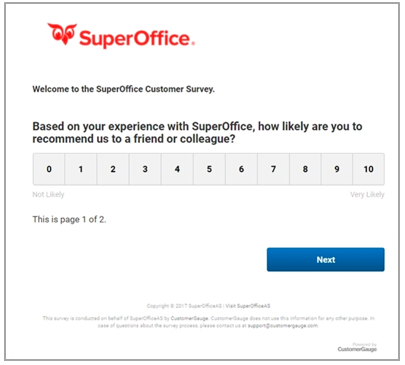
Each time a customer responds to this question, the answer is then segmented based on predefined criteria:
-
Promoters (9-10): These people are in love with your product or service and are likely to refer you to potential buyers. The customers who rate you a 9 or 10 are repeat customers and will have a high customer lifetime value.
-
Passives (7-8): These people who rate you a 7 or 8 are content with being a customer of your business, but are the most likely to switch to a competitor should they find a new or better product.
-
Detractors (0-6): These people are not happy with your product or service and are likely to damage your brand reputation by sharing their negative experience with their friends, family and connections.
The more Promoters you have, the healthier your business. It's simple, really.
And the fact that it’s simple to implement and measure makes the NPS a favorite with company boards and executive committees.
3. Customer lifetime value (CLV)
For a customer-centric business, the most valuable "asset" is their customer base.
If you're investing in long-term relationships, you can calculate the "health" of the relationship with customer lifetime value or CLV.
CLV measures the amount of revenue a customer contributes to your business for as long as they are a paying customer. It starts with their first purchase and ends when they stop doing business with you.
To calculate CLV, add up the total revenue you have earned and multiply that with the length of the business relationship. Then, deduct the initial cost of acquiring them.
For example, if a customer spends $1,000 annually, and the average "lifetime" of a customer is 10 years, then you multiply $1,000 by 10 years ($10,000). Now, subtract the cost of acquisition (in this case, we'll estimate $1,000), and the CLV is $9,000.
Not bad, right?
Calculating CLV helps you understand why it makes sense to invest in keeping your customers.
But, rather than looking at CLV purely from a revenue perspective, you should be looking at it from a value perspective - which is why I love Dennis Shiao's take on Customer lifetime value.

Conclusion
The shift towards becoming a truly customer-centric organization is both complex and long.
However, do not be put off by this as even the smallest changes to policy and processes can have a significant benefit for both employee and your customer.
Being a customer-centric organization is the Holy Grail towards unlocking the true potential of customer value. Always put yourself in the shoes of the customer and minimize customer effort and maximize customer value.
Do you consider yourself a customer-centric organization?
The best CRM software plays an important role in becoming customer-centric as this is where all of your customer data is stored. See how SuperOffice CRM can help your business by signing up for a free demo.
Customers also ask
What are some specific challenges companies face when shifting their current business model to a more customer-centric approach?
When companies attempt to shift their current business model to a more customer-centric approach, one of the primary challenges they encounter is cultural resistance. This change often requires a significant shift in mindset and habits for employees across all levels of the organization, especially in companies that have traditionally been product-led or sales-led.
Employees might be resistant to change or unsure about how to implement these new strategies effectively. Additionally, integrating customer data across various departments poses a significant challenge. Achieving a unified view of customer interactions and preferences is crucial for a customer-centric approach, but it can be difficult to accomplish if data is scattered or siloed within different parts of the organization. That's why a CRM platform is the heart of customer-centric technology.
Beyond churn rate, Net Promoter Score, and customer lifetime value, are there other effective methods or metrics for measuring customer-centricity?
Beyond churn rate, Net Promoter Score, and customer lifetime value, there are several methods and metrics for measuring customer-centricity - we recommend two. The first method involves analyzing customer feedback across various touchpoints to measure satisfaction and identify areas for improvement. Another approach might include tracking the resolution times for customer issues, as quicker resolutions could indicate a more customer-focused approach. Another method includes monitoring social media sentiment and engagement, which can offer insights into how customers perceive the brand and its commitment to their needs.
How should companies train or retrain their employees to align with a customer-centric culture, especially in organizations where this approach is a significant shift from their current practices?
For companies transitioning to a customer-centric culture, training or retraining employees is a critical step. This process involves more than just teaching new skills; it requires instilling an ethos that places the customer's needs and experiences at the forefront of every business decision. This might include workshops and training sessions focused on empathy and active listening, to ensure that employees understand and can anticipate customer needs. Companies might also implement role-playing exercises to help employees practice handling various customer scenarios, and provide ongoing support and resources to encourage a continuous focus on customer-centric values.
